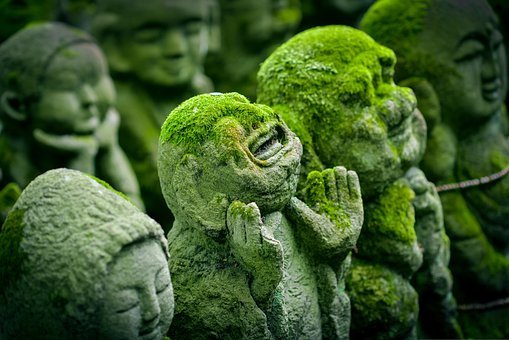In her daily critical post, Lucile Commeaux casts her sharp and sparkling gaze on a cultural object.
Today “The Pizzlys”a comic book by Jérôme Moreau (Delcourt), winner of a Fauve d’Or in 2018 for the “Grimr’s Saga“.
“Pizzlys”: it’s a funny word, but its meaning is much less funny. It designates in Jérémie Moreau’s comic strip a hybrid animal, between the grizzly and the polar bear, which appeared due to the melting of the ice in the Far North. It is a totem and a sign for this work which has the form of an ecological fable. The story is that of Nathan, a young man who lives in Paris, and works night and day as an Uber driver to ensure the existence of his little brothers and sisters, after his mother died early. One day he takes care of Annie, an old woman who has to take the plane to return to Alaska, her homeland that she has not seen for 40 years; Exhausted Nathan falls asleep at the wheel, it is the accident, which leads the young man to an existential questioning. Annie then offers to take the little family with her to her cabin in the Far North to teach them how to live again.
So let’s say it right away, it’s really not this fable that interests me the most: very much in tune with the times, we learn it in the acknowledgments of a very current theory on the living like that by Baptiste Morizot, and which restores something sometimes a little simplistic, in particular this fundamental opposition, since it structures the story, between two worlds. On the one hand, a West in full psychological and intellectual decline, represented by Nathan’s family: Paris, an inhuman city, the uberization of work and life, young people and children glued to their phone screens and obsessed with games video. And on the other hand the still wild Alaska, where we are directly at grips with Nature and the archaic part in us, where we draw our dreams, we discover our animal part, we hunt and we honor what we eat.
In fact, I’m exaggerating a bit, because in reality it’s a bit more complicated than that. Alaska is not shown as a promised land: it is a socially complicated place, witness this single-parent family, made up of a young girl and her alcoholic and violent father. It’s a harsh place, a kind of outpost of climate change and what it does to both the social environment and the natural environment, the two go together. When Annie arrives on her land, she finds that her village no longer exists, the huts have been deserted because the water threatens, and then the fable ends in a gigantic fire.
The color before the story
What is really very clever, and which goes against the simplistic opposition that I was describing to you, is Jérémie Moreau’s drawing, whose line and especially the color do not fundamentally change between Paris and Alaska, ensuring a graphic coherence to the story. The cover is very beautiful: on a pink, green and purple background stand out the black shapes of a forest of fir trees at the bottom, and above, three human silhouettes flying in a lightly dotted bear shape. These colors of the sky are reminiscent of an aurora borealis or a somewhat supernatural phenomenon, but in fact they are also the colors of the first part of Paris when Nathan, obsessed with his GPS, is absorbed in a virtual space – streets transformed into a map geometric, pink, purple and green. The color is really the beauty of this album, both lively and pastel, very dull, which we regularly find ourselves letting go of the story to just look at it, especially the masterful full pages. There’s one that I really like: Nathan has arrived in Alaska, he can’t get away from the GPS and his mental functioning, and starts to survey the white-pink snowy space around the cabin: in background of the image his bust and his head on a mountain background, and he in very small reproduced about twenty times, whose footsteps draw black lines all over the page. In fact the color contravenes the linearity of the story, in the same way that over the course of the fable, the dream, the myth and the magic take precedence over the narrative. Besides, the finale is very beautiful, the word almost dies out, and the comic strip becomes a picture book, less theoretical, more mysterious. Lucile Commeaux
To view this Youtube content, you must accept cookies Advertising.
These cookies allow our partners to offer you personalized advertising and content based on your browsing, your profile and your areas of interest.
We would love to say thanks to the writer of this post for this remarkable content
Comic review: “Les Pizzlys” by Jérôme Moreau
Check out our social media profiles and also other related pageshttps://nimblespirit.com/related-pages/

